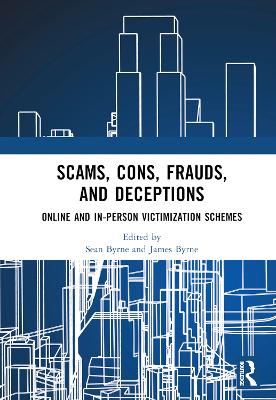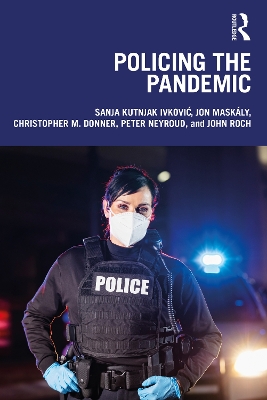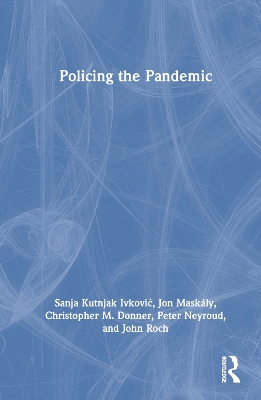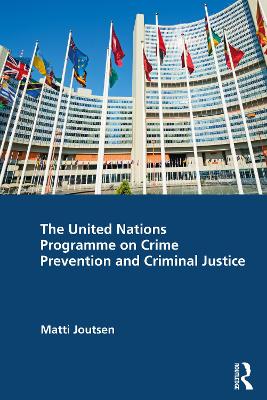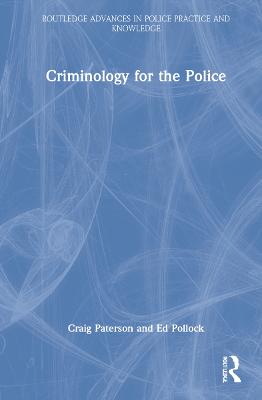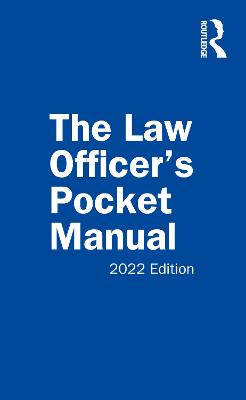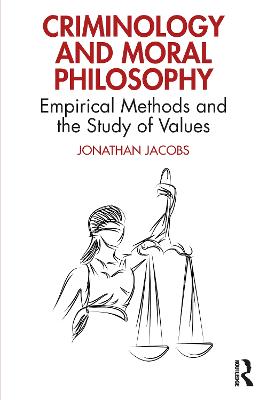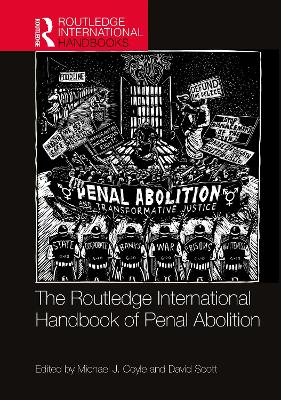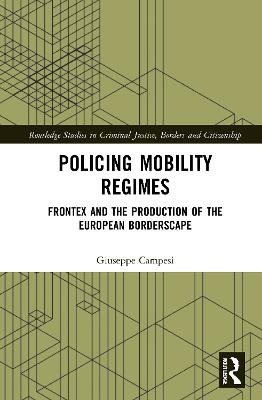Better Crime Prevention
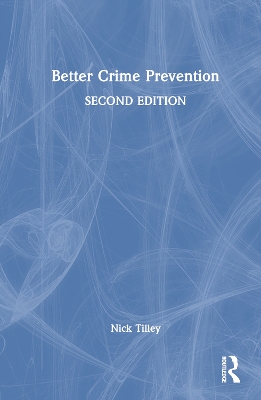 portes grátis
portes grátis
Better Crime Prevention
Tilley, Nick
Taylor & Francis Ltd
05/2024
240
Dura
Inglês
9780367404390
Pré-lançamento - envio 15 a 20 dias após a sua edição
List of tables
List of boxes
Preface
1 Introduction
Crime prevention knowing and doing
The focus of crime prevention
The ubiquity of crime prevention
Crime and crime prevention in human societies
'Crime' and 'crime' prevention in other species
Chapter outlines
2 Crime prevention examples
Vehicle theft
Domestic burglary
Commercial robbery
Gang-related shootings
Domestic violence
Drink-driving
Graffiti
Criminality
Conclusion
3 Targeting crime prevention: costs, harms, and concentrations
Costs of crime and cost-effectiveness
Harms and harm indexes
Concentrations
Victims
Places
Products
Facilities
Systems
Offenders
Overlapping concentrations
Conclusion
4 Crime prevention theories
What is 'theory'?
Examples of theory in crime prevention practice and what we learn from them
Routine activities as a general framework for crime prevention theories
Theories for crime prevention focused on opportunity
Situational crime prevention
Complementary theories for crime prevention emphasising situations and opportunities
Theories for crime prevention focused on the supply, availability, and capacity of offenders
Opportunity theory and offender supply and availability
Adolescent-limited and lifetime-persistent offenders
Deficits and dispositions to commit crime
Turning points
Offender treatment
Enforcement
Other theory
Examples of potentially useful theories relating to crime
Examples of potentially useful general theories
Conclusion
5 Principled crime prevention?
The dialogue
6 Doing crime prevention
Private sector crime prevention: shoplifting
Data on the crime problem
Analysis and interpretation
Developing a preventive strategy
Evaluation
Continuous monitoring
Applying the problem-solving approach
Private sector crime generation
Public sector crime prevention
Crime prevention roles, responsibilities, and competencies
Doing effective and ethical crime prevention
Scanning
Analysis
Response
Assessment
Conclusion
7 Evidence-based crime prevention
Being realistic about evidence, evidence needs, and evidence use
Reading evidence
Evidence hierarchies and gold standards
The College of Policing Toolkit
The need for the synthesis of diverse sources of evidence
Case studies
Advice on accessing and using evidence
Discretion, evidence, and crime prevention decision-making
The creation of evidence
Conclusion
8 Politics of crime prevention
Proposal for a generic framework
Chicago: a case study
Politics of crime effective prevention: priorities, responsibilities, and interventions
Priorities
Responsibilities
Interventions
Politics of research production and use
Evidence analysis and use politics
Data politics
Conclusion
9 Better crime prevention
Improvements over the past half century
Maintaining improvement
What's to be done to build improvement into policy and practice?
Index
List of tables
List of boxes
Preface
1 Introduction
Crime prevention knowing and doing
The focus of crime prevention
The ubiquity of crime prevention
Crime and crime prevention in human societies
'Crime' and 'crime' prevention in other species
Chapter outlines
2 Crime prevention examples
Vehicle theft
Domestic burglary
Commercial robbery
Gang-related shootings
Domestic violence
Drink-driving
Graffiti
Criminality
Conclusion
3 Targeting crime prevention: costs, harms, and concentrations
Costs of crime and cost-effectiveness
Harms and harm indexes
Concentrations
Victims
Places
Products
Facilities
Systems
Offenders
Overlapping concentrations
Conclusion
4 Crime prevention theories
What is 'theory'?
Examples of theory in crime prevention practice and what we learn from them
Routine activities as a general framework for crime prevention theories
Theories for crime prevention focused on opportunity
Situational crime prevention
Complementary theories for crime prevention emphasising situations and opportunities
Theories for crime prevention focused on the supply, availability, and capacity of offenders
Opportunity theory and offender supply and availability
Adolescent-limited and lifetime-persistent offenders
Deficits and dispositions to commit crime
Turning points
Offender treatment
Enforcement
Other theory
Examples of potentially useful theories relating to crime
Examples of potentially useful general theories
Conclusion
5 Principled crime prevention?
The dialogue
6 Doing crime prevention
Private sector crime prevention: shoplifting
Data on the crime problem
Analysis and interpretation
Developing a preventive strategy
Evaluation
Continuous monitoring
Applying the problem-solving approach
Private sector crime generation
Public sector crime prevention
Crime prevention roles, responsibilities, and competencies
Doing effective and ethical crime prevention
Scanning
Analysis
Response
Assessment
Conclusion
7 Evidence-based crime prevention
Being realistic about evidence, evidence needs, and evidence use
Reading evidence
Evidence hierarchies and gold standards
The College of Policing Toolkit
The need for the synthesis of diverse sources of evidence
Case studies
Advice on accessing and using evidence
Discretion, evidence, and crime prevention decision-making
The creation of evidence
Conclusion
8 Politics of crime prevention
Proposal for a generic framework
Chicago: a case study
Politics of crime effective prevention: priorities, responsibilities, and interventions
Priorities
Responsibilities
Interventions
Politics of research production and use
Evidence analysis and use politics
Data politics
Conclusion
9 Better crime prevention
Improvements over the past half century
Maintaining improvement
What's to be done to build improvement into policy and practice?
Index

